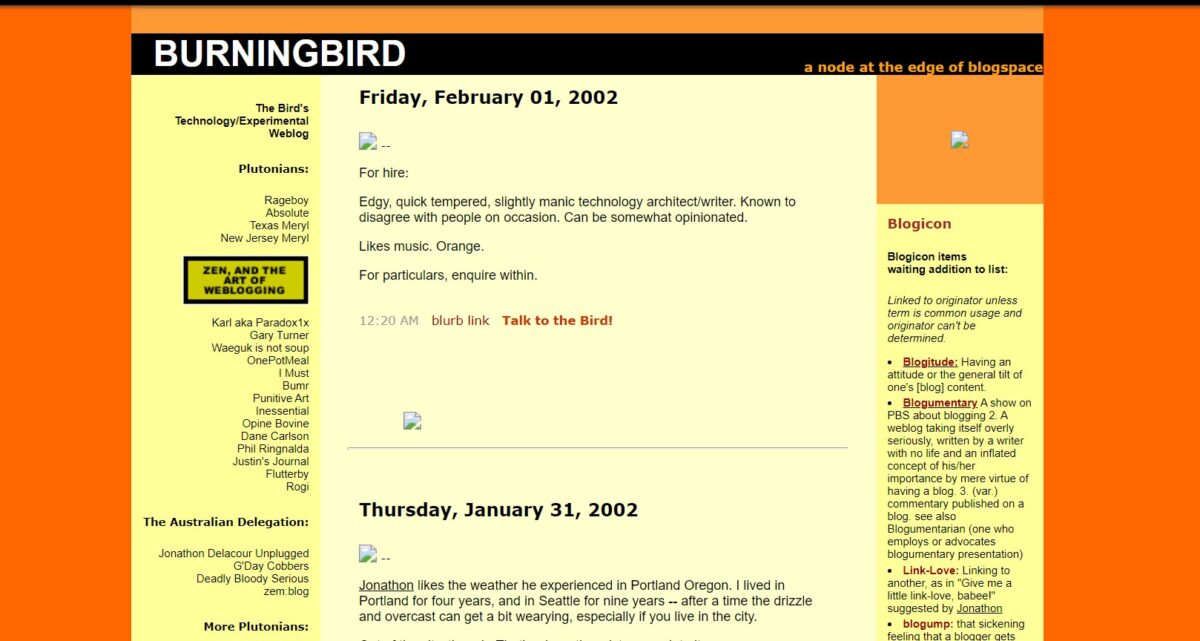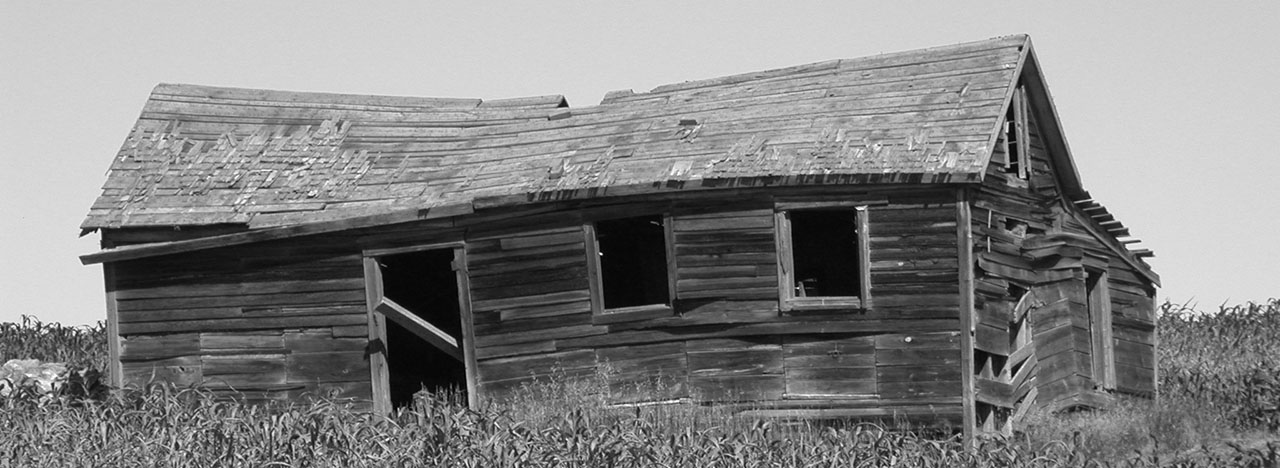I’ve learned many lessons from recovering weblog posts from the Wayback Machine. If you feel the need to freshen your site, you really don’t need a new domain or subdomain, and most of the time you don’t need a new site redesign. All you need, is a break. It’s OK to mix content types. So […]
Tag: Wayback Machine
Weblog Penance

How many times have I written about this change or that to my site? Not enough, it seems. I’m in the process of using that wonderful, magnificent site The Wayback Machine to recover posts from all my various incarnations of weblogs and whatnot sites. Yes, I do have backups from recent sites, but not the […]

We look at today’s social media world post-Trump Presidency and we see a highly disconnected and fragmented world. The media proclaims it’s never seen society so polarized, but we’ve always been polarized. The only difference now is who controls the visibility of the fragments. Unlike earlier years, what was fit to print, or fit for […]
Weblogging: More Than Words

Two friends have stopped by to say hi since I turned comments back on. Bill mentions the Radio Userland days,which puts us back in very ancient weblogging territory. So ancient that today’s TikTok kids weren’t even born when we got together in Userland pages. I also used to have a Userland Manila weblog, but those […]

The second part of my Burningbird server re-awakening from the dead is my effort to find any and all past writings and import them into this weblog, one at a time. I’ve had so many variations of weblogs: some at domains I’ve controlled, others at domains I haven’t. I was able to export the posts […]
